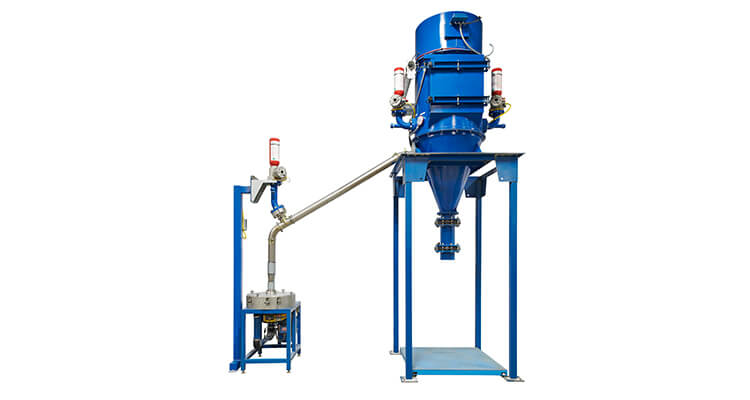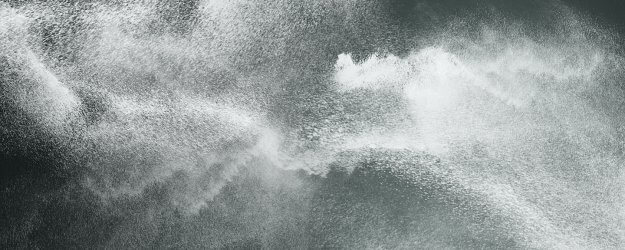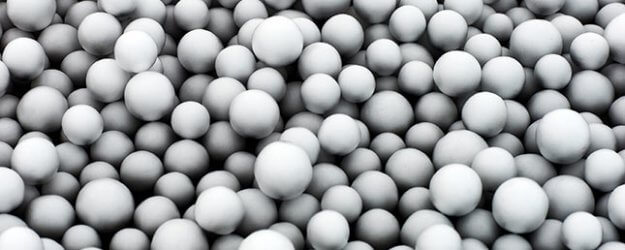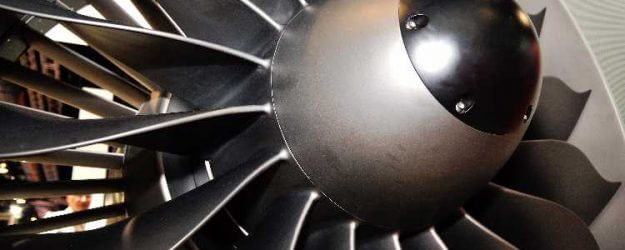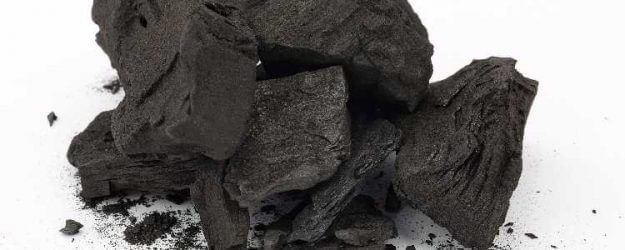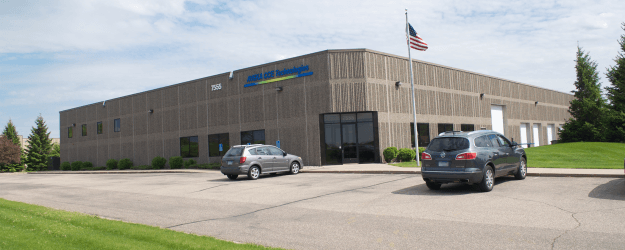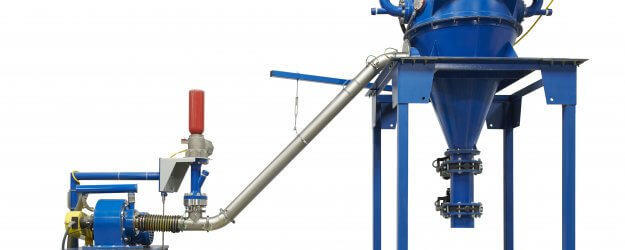The AVEKA CCE Technologies Centrifugal Air Classifier is designed to separate fine particles in the less than 75μm range. This is achieved by utilizing the opposed forces of centrifugal force and aerodynamic drag to sort the particles by mass, resulting in a coarse particle fraction and a fine particle fraction. The Classifier is able to achieve a precise, predictable, and extremely sharp separation at a high solids loading. The Model 100 Classifier system is ideal for the production of lab size samples, product development and/or small quantity production. The larger Model 250 and Model 500 offer precision classification at higher production rates.
The AVEKA CCE Technologies Classifier operates as follows: the space between the outer edge of the blades and the periphery of the rotor forms the classification zone. The coarse particle fraction, which is rejected outward by the centrifugal field, is conveyed out of the Classifier through the coarse outlet and captured in a cyclone. The cyclone overflow is returned to the Classifier through the recycle port. The fine particle fraction leaves the Classifier through the central fines outlet with the primary air flow. Our Classifiers come complete with all the major components necessary for classification of dry powders in the less than 75 micron size range. A typical system includes the Classifier assembly, flow source, coarse and fine fraction collectors, feed system, and controls. Component selection and design are application specific to meet your requirements.
AVEKA CCE Technologies will work closely with you to understand your needs and which model(s) bet fits your application. AVEKA CCE engineers will work with you to customize the system to fit well within your process and bring value to your project, ensuring your needs are met with the right precision equipment.
Predicting whether a material will respond to air classification successfully can be difficult and often surprising, so it is always worth a feasibility trial to find out.
